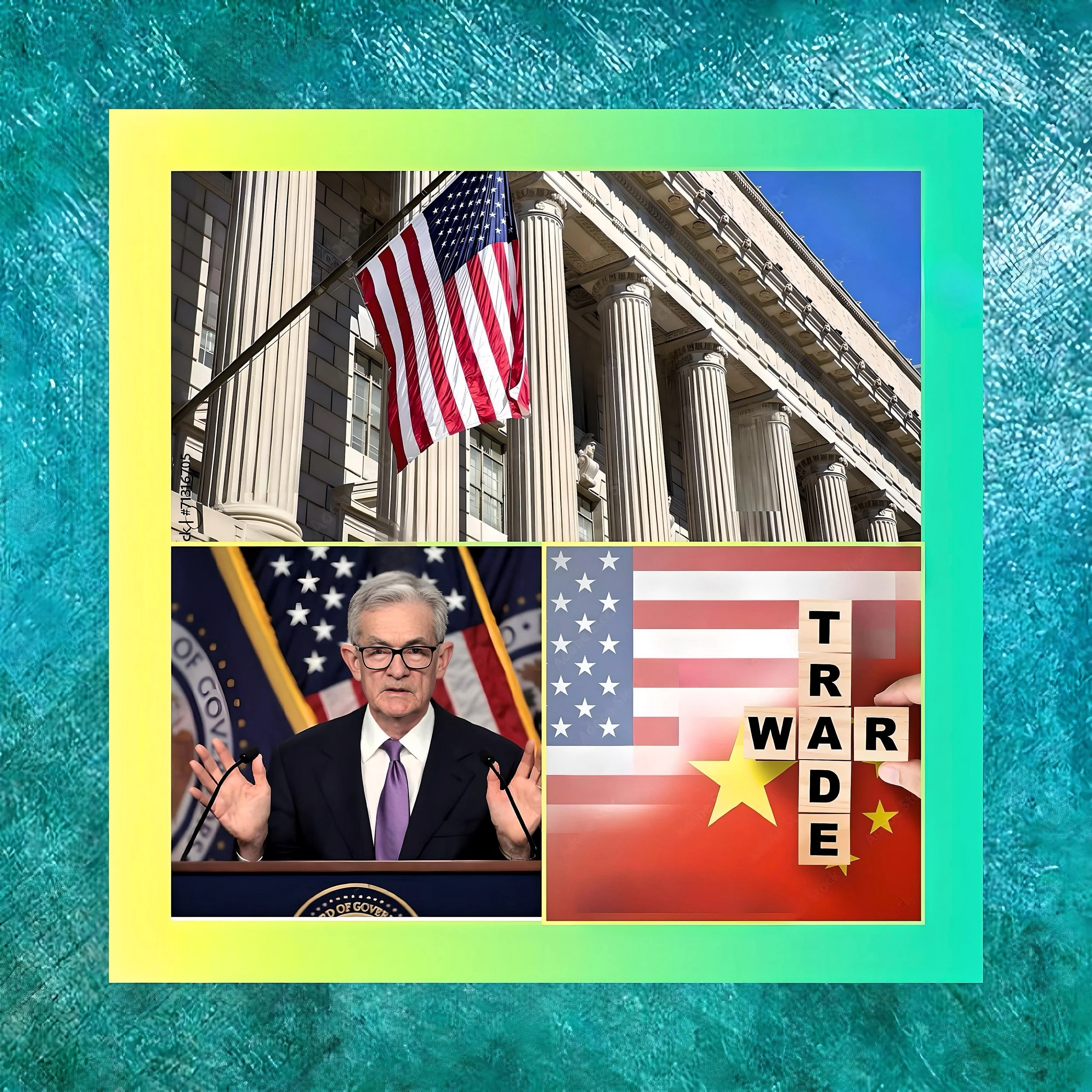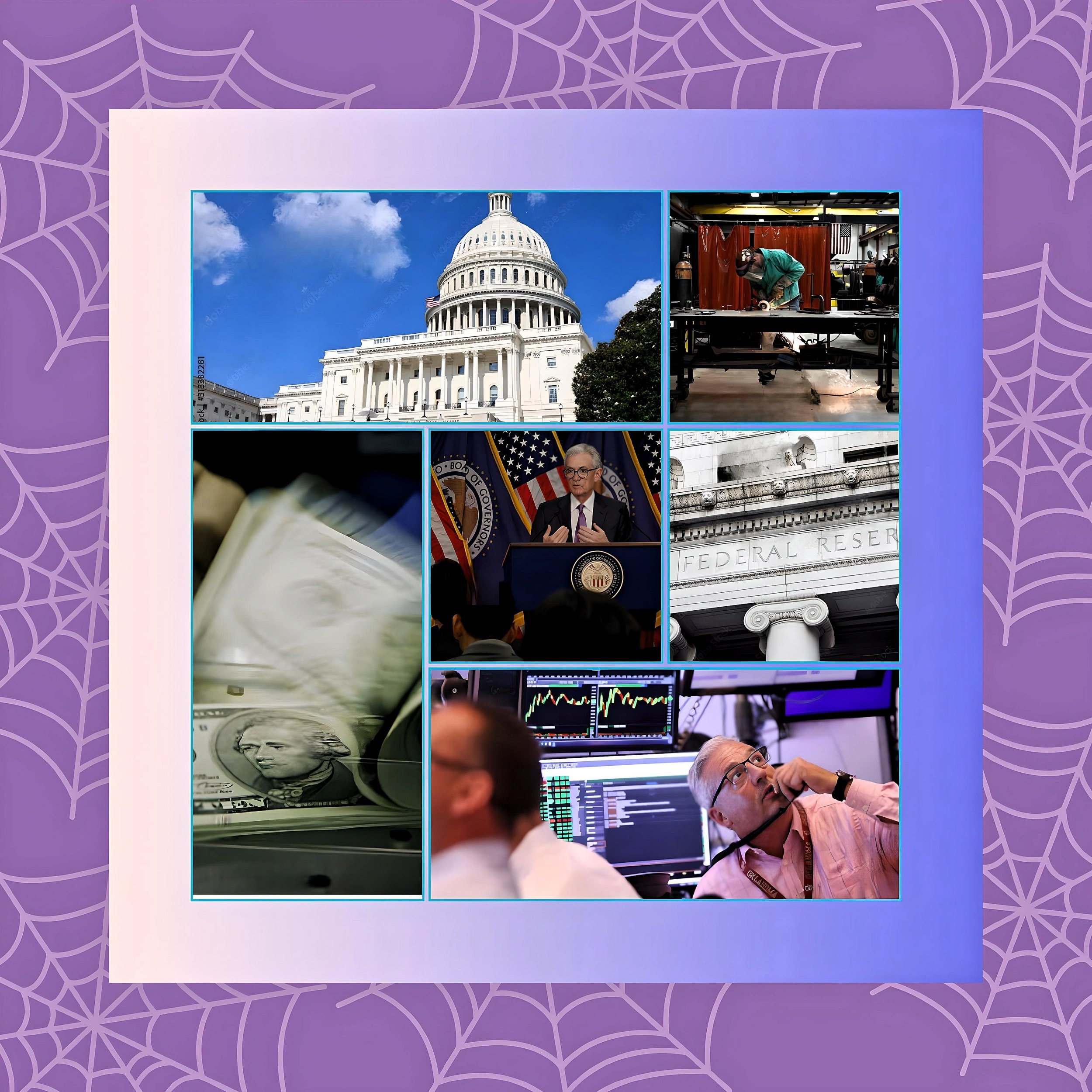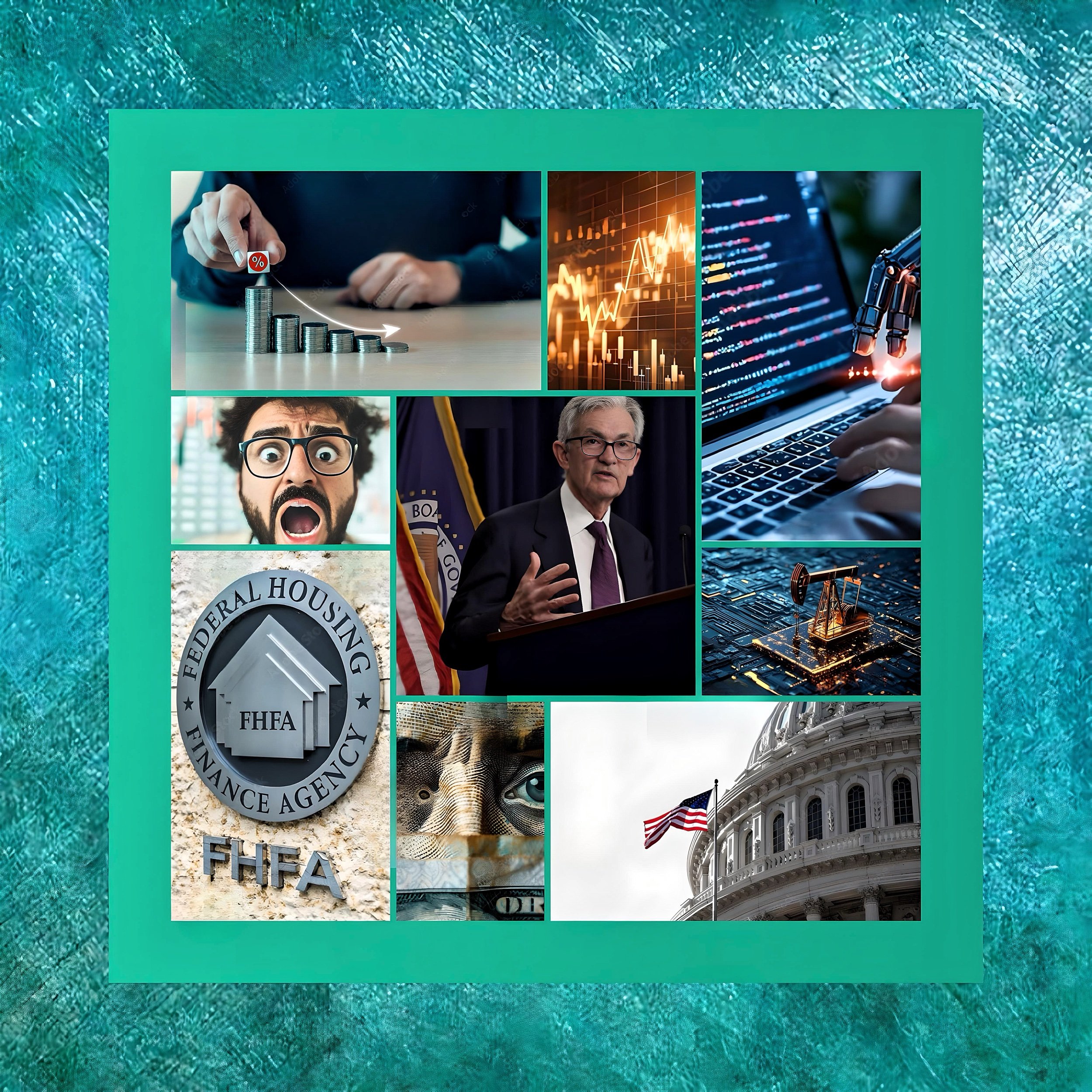Factors Influencing the US Federal Reserve’s Patient Approach to Interest Rate Cuts
Introduction
Federal Reserve Chair Jerome Powell’s steadfast commitment to preserving interest rates in the 4.25%-4.5% range reflects a multidimensional calculus balancing inflation persistence, labor market resilience, political uncertainty, and global economic crosscurrents. With core inflation at 2.6%—still above the Fed’s 2% target—and employers adding 151,000 jobs
In February 2025, policymakers faced competing pressures to avoid premature easing while navigating unprecedented policy volatility from the Trump administration.
Our publication analyzes the structural forces anchoring the Fed’s cautious stance, examining inflationary dynamics, labor market thermodynamics, political economy risks, and monetary policy transmission mechanisms shaping the central bank’s “wait-and-see” posture.
Inflationary Dynamics: The Persistent Threshold Challenge
Core Inflation’s Stubborn Services Component
The December 2024 core PCE inflation reading of 2.6% masks divergent sectoral trends. Goods inflation has normalized to 1.8% annually, benefiting from resolved supply chain bottlenecks and excess retail inventories.
However, services inflation remains elevated at 4.1%, driven by shelter costs (5.1% YoY) and transportation services (4.7%).
The lagged impact of housing lease renewals—with Zillow’s Observed Rent Index showing a 6.2% YoY increase in new leases—suggests shelter inflation will persist through Q3 2025.
Energy price volatility compounds these pressures. Brent crude’s 12% surge to $92/barrel in Q1 2025, fueled by Middle East tensions and Trump’s restrictions on federal oil leasing, threatens to reverse transportation cost improvements.
JPMorgan estimates every $10/barrel oil price increase adds 0.4% to headline CPI, risking inflation reacceleration.
Agricultural commodity spikes from Ukrainian export disruptions further pressure food prices, which rose 0.9% Month over Month in February—the fastest pace since 2022.
Tariff-Induced Price Pressures
Trump’s 25% tariffs on $500 billion of Chinese imports and 10% universal levy introduce new inflationary vectors. Analysis of the 2018-2019 trade war suggests these measures could add:
0.7% to CPI through direct import price passthrough
2.3% to producer input costs for manufacturers reliant on global supply chains
15% premium on auto prices due to steel/aluminum duties
The Fed’s FRB/US model now incorporates a 0.5% inflation overshoot from trade policies through 2026, complicating disinflation efforts.
Historical parallels to the 1971 Nixon Shock—when tariffs preceded a decade of stagflation—loom large in Fed deliberations.
Labor Market Thermodynamics: Robust but Fragile
Employment Gains vs. Demographic Headwinds
February’s 151,000 payroll additions extend the labor market’s record 40-month expansion, yet underlying vulnerabilities emerge:
Aging workforce
10,000 Baby Boomers retire daily, reducing labor force participation to 62.3%—down 0.5pp since 2023
Skills mismatch
8.1 million job openings vs. 6.5 million unemployed workers, concentrated in healthcare (+45k jobs) and tech (+32k)
Immigration restrictions
Trump’s deportation surge removed 1.2 million workers, exacerbating shortages in construction (-325k) and hospitality (-278k)
Wage growth moderation to 4.3% YoY—from 2023’s 5.9% peak—partially alleviates inflation concerns. However, the Atlanta Fed’s Wage Growth Tracker shows job switchers commanding 5.1% raises, sustaining services sector cost pressures.
Productivity Paradox
Nonfarm productivity growth slowed to 1.1% in Q4 2024, diverging from the 1990s tech-driven boom that allowed low inflation alongside tight labor markets. This “productivity paradox” reflects:
Underinvestment
Business equipment spending grew just 1.2% in 2024 vs. 6.8% pre-pandemic average
Regulatory churn
22 major rule reversals under the Congressional Review Act created $87B in compliance costs
AI adoption lag
Only 18% of S&P 500 firms report meaningful generative AI implementation
Without productivity gains, the Fed estimates that NAIRU (non-accelerating inflation rate of unemployment) has risen to 4.3%—above the current 4.1% unemployment—signaling latent inflationary pressures.
Political Economy Risks: Navigating Uncharted Territory
Monetary-Fiscal Collision Course
Trump’s $5 trillion policy agenda creates conflicting impulses:
Short-term stimulus
Proposed $1.7 trillion tax cuts could boost 2025 GDP by 0.8% via consumer spending
Long-term drag
$2 trillion spending cuts risk reducing 2026-2027 growth by 0.9% annually
Debt sustainability
CBO projects the debt/GDP ratio hitting 135% by 2030, raising term premium estimates by 30-50bps
The Fed’s reaction function now incorporates fiscal dominance risks, with models showing each 1% GDP fiscal expansion requires 25bps higher rates to neutralize inflation.
Institutional Independence Under Siege
Powell’s insistence that “we don’t need to be in a hurry” carries subtle defiance against Trump’s public demands for immediate rate cuts. Historical analysis reveals concerning parallels:
1972 Burns Fed
Acceded to Nixon’s reelection pressures, spurring 1970s stagflation
2025 Powell Fed
Faces 56% likelihood of political interference per PredictIt markets
With Powell’s term expiring in May 2026, markets price a 40% chance Trump will replace him with a dovish chair, per PredictIt. This uncertainty adds 10-15bps to long-term yields as investors demand political risk premiums.
Monetary Policy Transmission: Asymmetric Efficacy
Interest Rate Channel Dynamics
The Fed’s 475bps hiking cycle (2022-2023) exhibits uneven passthrough:
Effective for consumers
Prime rate at 7.5% reduced credit card balances to $1.08 trillion (-4% YoY)
Less effective for corporations
IG bond spreads tightened to 98bps (from 150bps in 2023), enabling $180B Q1 2025 issuance
Peripheral impact on housing
30-year mortgage rates at 6.7% have stabilized prices (-0.4% YoY), but affordability remains 35% below 2021 levels
This selectivity forces reliance on untested tools like balance sheet runoff, which has removed $1.4 trillion in liquidity since 2022.
Global Spillovers and Currency Wars
Divergent monetary policies create FX volatility:
Dollar strength
DXY Index at 104, +6% since Trump’s election, pressures EM debtors ($3.9T dollar-denominated liabilities)
Policy divergence
ECB’s 3.25% rate vs. Fed’s 4.25% widens transatlantic spreads to 100bps—most since 1999
Commodity feedback loop
Gold’s 14% YTD surge to $2,150/oz signals a loss of confidence in fiat currencies
The Fed’s Jackson Hole framework prioritizes domestic mandates, but 27% of S&P 500 revenues depend on international markets, which are vulnerable to dollar strength.
Forward Guidance and Market Psychology
Managing Expectations in a Black Swan Era
Powell’s communications strategy balances transparency with flexibility:
Dot plot obsolescence
December 2024 median projection of 4.1% 2025 rate now appears outdated given tariff shocks
Option-implied volatility
MOVE Index at 117 signals bond traders expect 3x normal rate fluctuations
Temporal inconsistency risk
6-month inflation expectations at 3.1% threaten de-anchoring if cuts occur prematurely
The Fed’s new “Berkeley Dashboard”—tracking 42 high-frequency indicators—aims to replace backward-looking data with real-time signals from credit card spending, job postings, and shipping rates.
Conclusion
The Delicate Equilibrium
The Federal Reserve’s patience stems from intersecting realities: services inflation’s stickiness, labor market tightness amidst demographic shifts, and unprecedented political uncertainty.
With tariff impacts still unfolding and productivity growth lagging, premature easing risks replaying 1960s stop-go cycles that entrenched inflation expectations.
However, maintaining a restrictive policy into 2026 risks overcorrecting, particularly given housing’s 18-month rate sensitivity lag.
Powell’s equipoise reflects lessons from both Volcker’s resolve and Burns’ political capitulation.
By temporarily tolerating 2.5-3% inflation, the Fed preserves optionality against black swans ranging from debt crises to geopolitical shocks.
Markets pricing 65% odds of a June cut may still underestimate the Fed’s willingness to endure short-term pain for long-term stability—a calculus forged in the crucible of 2020's policy chaos.
As Powell asserted, “The costs of caution pale against the risks of acting without clarity”—a mantra for central banking in the age of disruption.




